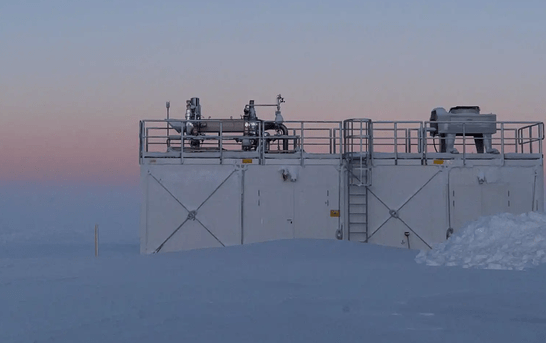In an article that has been recently published in Latitude Media, ‘Is the US Sabotaging the $ 250 Billion Carbon Removal Opportunity?’’, Annie Gilleo and Myron Lam have presented the ways in which governmental support for CDR technologies have weakened in the US against the backdrop of the second presidential term of Trump. In doing so, they have highlighted the steps that can be taken to redeem the position of the US as a global leader in the CDR policy landscape that is currently being shaped by other states.
Key takeaways:
- During the last few years, the US has taken concrete steps for the development of the CDR sector, increasing employment rates, incentivizing innovation by granting intellectual property rights and achieving economic gains.
- However, this momentum has changed in January in the aftermath of Trump’s re-election. The flow of funding allocated to CDR projects has lost pace, federal support has weakened and the most significant CDR companies have diminished their workforce.
- This situation has jeopardized the position of the US as a CDR pioneer, leaving a leadership gap that can potentially be filled by European and Asian countries.
- In the meanwhile, the US based CDR corporations have entered markets situated abroad where their operations are better facilitated by policy-makers, compliance markets and banks.
- In addition, a number of countries such as Canada, Denmark and Switzerland as well as business operators in the aviation sector have stepped up their CDR commitments.
- The demand for CDR credits has not fallen drastically in the US, with major purchasers such as Microsoft and Frontier releasing public statements regarding their plans for purchasing further credits in 2025.
- That said, these tech players that have been one of the first buyers of CDR credits have made it clear that they would rather bolster general willingness to finance CDR activities rather than dominating the market by taking major financial responsibility. Therefore, the implementation of CDR technologies can only grow in the long term with adequate governmental backing.
- Given that climate change can only be addressed by employing carbon removal methods, the following steps can be taken by the public and private actors in the US for creating fertile ground for the scaling of CDR:
- CDR companies can use a variety of products while achieving climate goals by collaborating with businesses operating in various sectors such as cement, mining and waste treatment. In doing so, they can decrease their expenditures and establish novel avenues to enable corporations that have not traditionally engaged in CDR to participate in the voluntary carbon market.
- In view of the weakening role of the federal government, more states should take steps towards creating an enabling environment for CDR businesses. In doing so, they should raise the level of ambition of the existing CDR instruments by bringing the level of funding they provide to the same scale as that made available by corporations such as Frontier and Microsoft.
- The Trump administration should take actions in support of CDR by maintaining the carbon capture tax credit that applies to direct air capture activities and taking steps to increase its scope.
Read the post here: Is the US sabotaging the $250 billion carbon removal opportunity? | Latitude Media
